The History of Mylor
One of the joys of staying in a hand-picked holiday cottage in Cornwall is the opportunity to immerse yourself in the local history and culture. As our cottages are all in a specific area between Falmouth and Truro, we know this patch rather well, and would love to share some of the local history with you.
From poignant memorials to more practical remnants of the past, there is a lot to be discovered in the small community that makes up Mylor Bridge and Mylor Churchtown.
A Bronze Age Religious Site
A religious site at the mouth of the creek, where today you’ll find the beautiful Church of Saint Mylor, has been dated back to the fifth century when Christianity was brought to this part of the world.
However, it has also been said that the stone cross now in the churchyard may have been a pre-Christian menhir or standing-stone, which suggests earlier habitation and settlement. Bronze-age burial mounds have also been found in the area, so although we don’t know exactly when people started living in this beautiful spot, we know that it was certainly a long time ago!
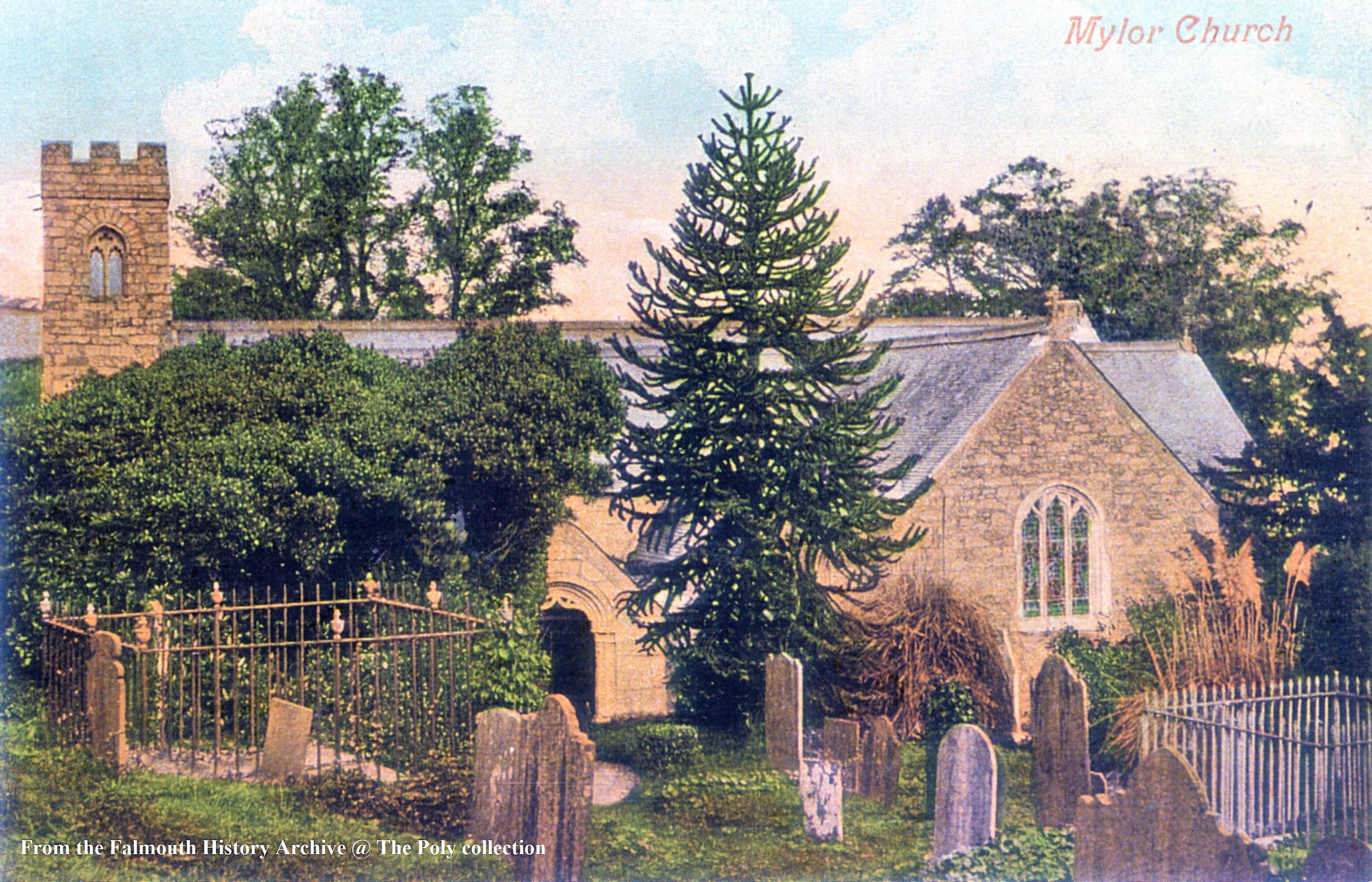
Mylor Bridge Village and Carclew Manor House
The existing village at Mylor Bridge (found up the creek from Mylor Churchtown) grew at the head of the creek where people between Truro and Penryn crossed the water. This is also where farms began to be established, linked with the Carclew Manor house.
Originally built in the 19th Century, the spectacular building was later ruined by a devastating fire in 1934. Although destroyed, the property was still able to be used a base for American soldiers gathering for D-Day preparations, and it also provided sanctuary to European refugees during and after the war.
Today, the house’s remains are listed on the ‘Heritage at Risk’ register, but unfortunately are not yet safe enough to be open to the public. In future, the current custodians hope to open it up for personal limited guided tours: ‘sharing our collective history through stories, experiences and artifacts.’
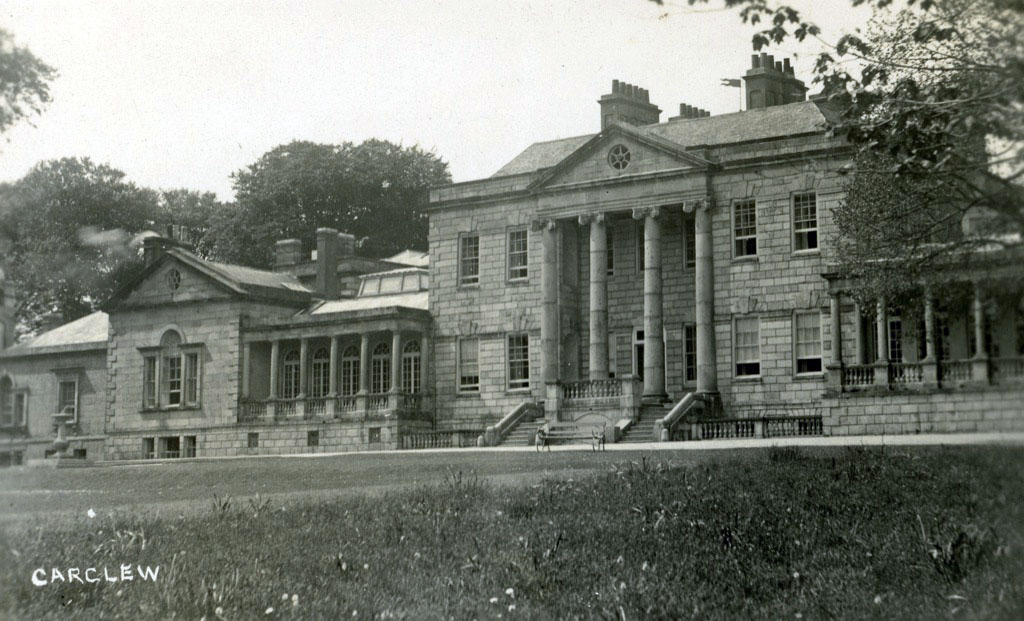
Fresh Water for the Navy
The docks (now marina) at Mylor Churchtown grew in significance when it supplied fresh water for Royal Navy ships during the Napoleonic Wars. A small Royal Navy dockyard was built, and you can still see some of its buildings and the jetty today.
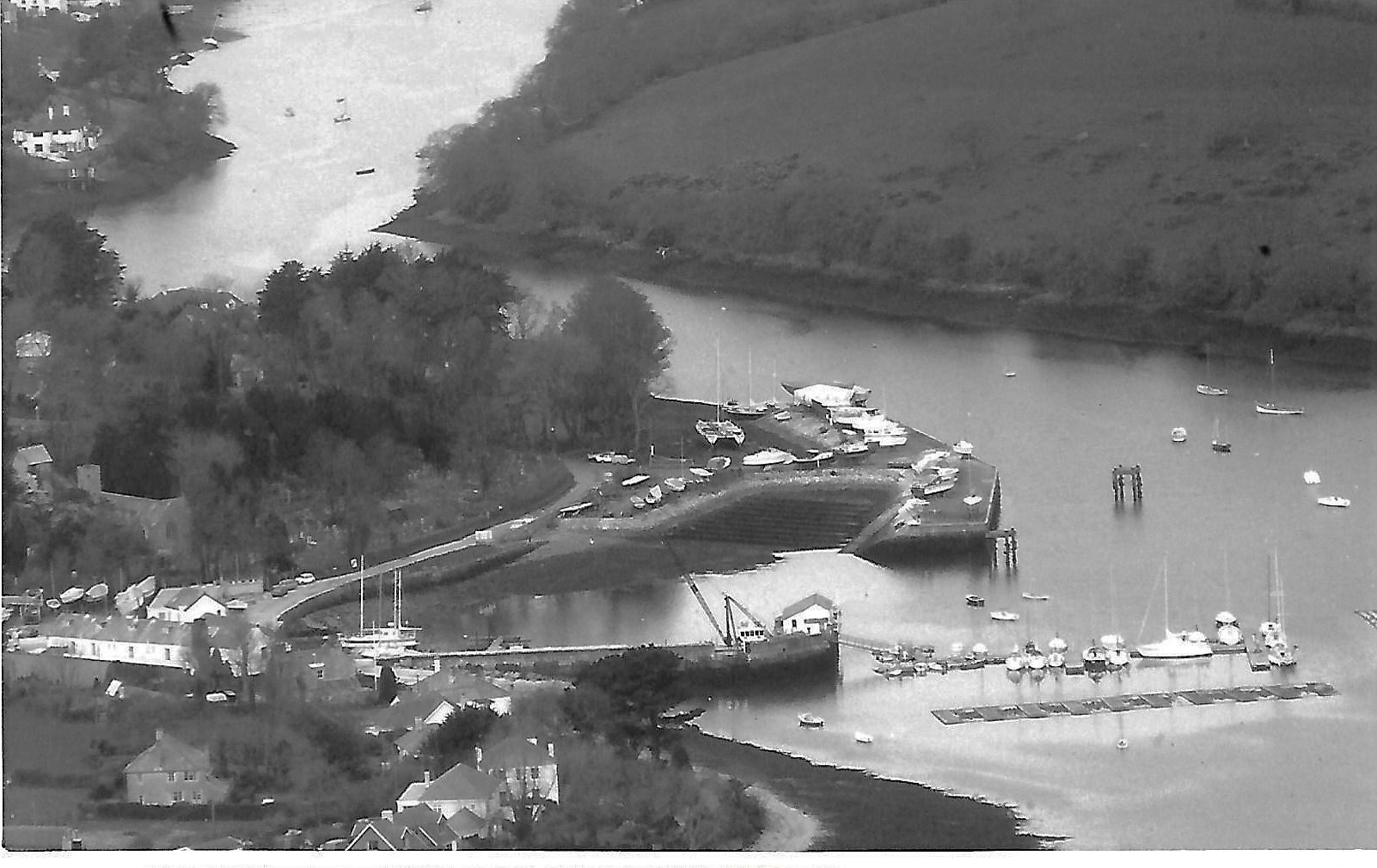
The Pandora Inn
A must-visit whilst you’re in Mylor is the historic Pandora Inn at Restronguet. They say that “parts of the Inn date back to the 13th Century and, with its flagstone floors, low-beamed ceilings and thatched roof it’s not difficult to believe that little has changed since that time.”
The landlord (even when the building was a farmhouse before it became a pub) operated a ferry across the creek, and there was a foot-ferry here right up until the 1960s.
Being cosy in Winter with log fires, and stunning in Summer with outside seating and the famous pontoon which stretches out into the creek, we definitely recommend a visit, and can promise that the menu has definitely improved since the 13th Century!
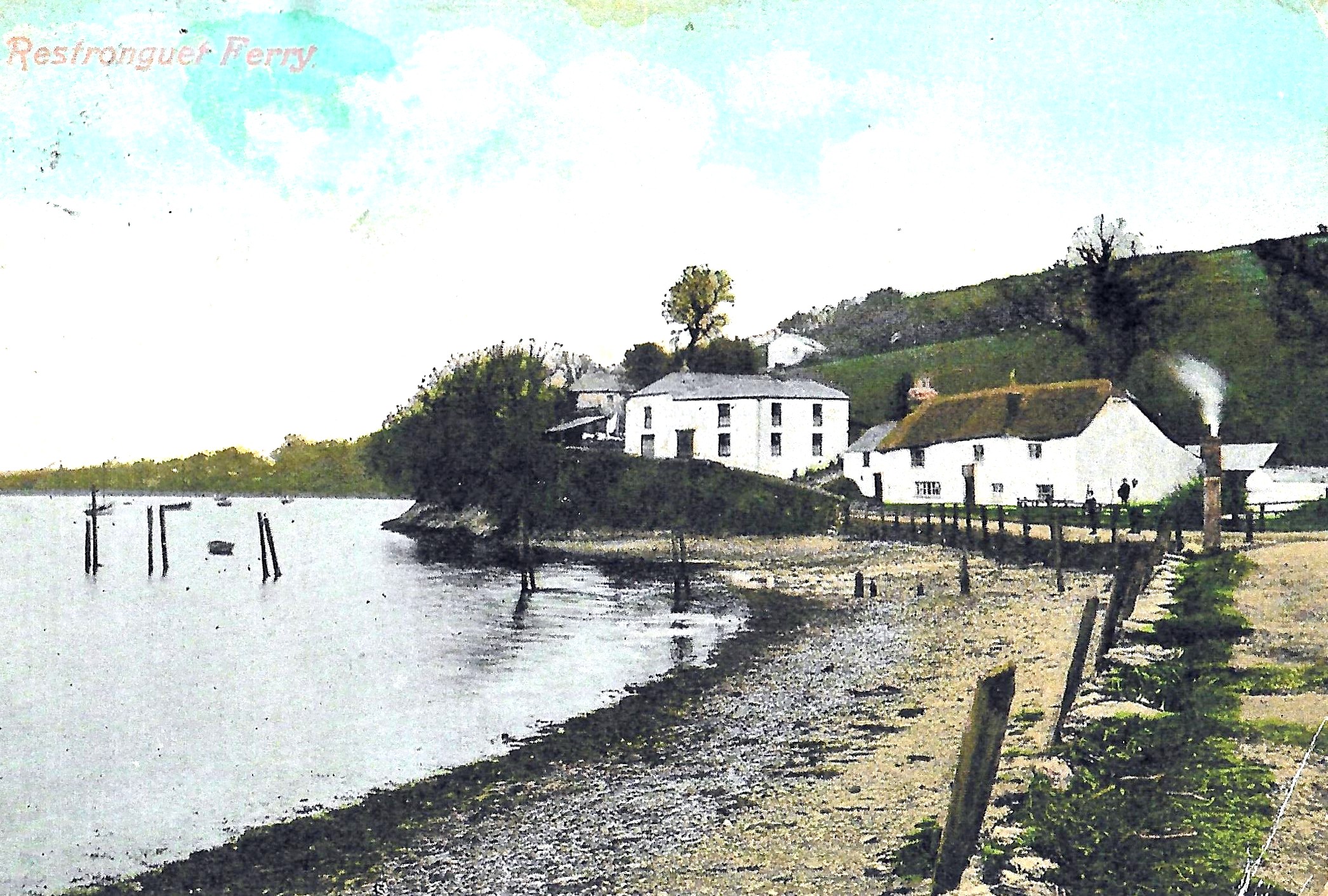
Perran Foundry and Inland Waterways
The creeks we take our name from used to serve as vital transport links for Cornwall’s mining industry. The impressive Perran Foundry at the head of the creek (now newly renovated as flats that nod to the industrial past), the once-busy port of Devoran, and the ore processing works at Point and Penpol, all played an important role and provided many local jobs.
Today, as you paddleboard, sail or kayak up the creeks, you could know nothing about this secret past…
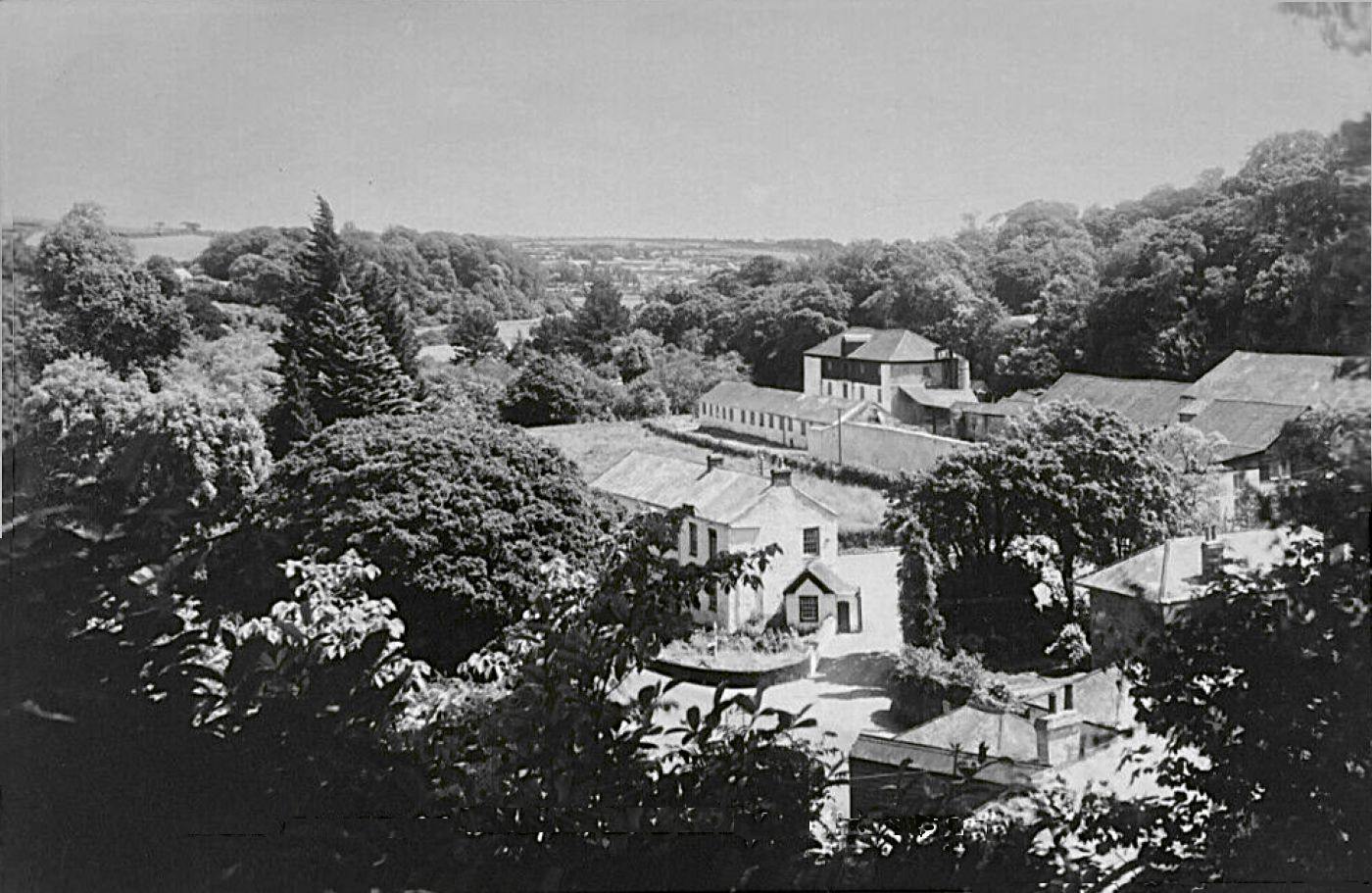
HMS Ganges
In the churchyard at Mylor you can find the memorial to HMS Ganges, overlooking the stunning Carrick Roads but telling a sadder tale of harsh naval history here. The ship was anchored across the river from Mylor between 1866 and 1899 and used as a training school for over 14000 boys, but the memorial is for 53 young trainees who died during their time on board.
Although, as well as detail of the strict training they received in difficult conditions, there is also evidence of the boys performing concerts both on land and aboard, and taking place in local regattas.
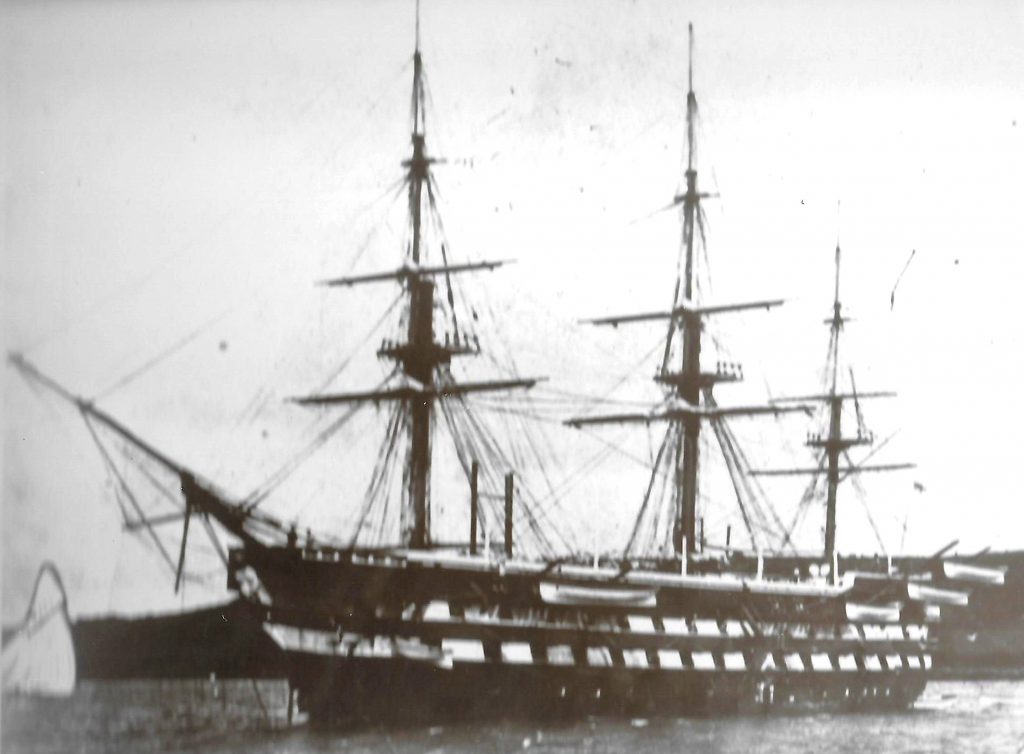
Second World War
Memorials and reminders of the war can be seen in the village, both honouring those local men who went to fight, and the seven civilians killed by bombing on New Row in 1941.
Mylor Churchtown and the harbour were also significant in the war, as the Free French Navy used the location to make secret missions in disguised fishing-boats. Towards the end of the war, a concrete girder ‘gridiron’ (now buried) and two mini-jetties called ‘dolphins’, (only one of which survives) were built to service D-Day landing craft and you can still see these today.
Neighbouring estate cv hosted the Royal Netherlands Navy officer training school during the War. It was suitable because of its extensive accommodation and close proximity to safe, sheltered, and yet deep waters for training exercises. You can visit the gardens and house today and see the property being loving restored by the current custodians.
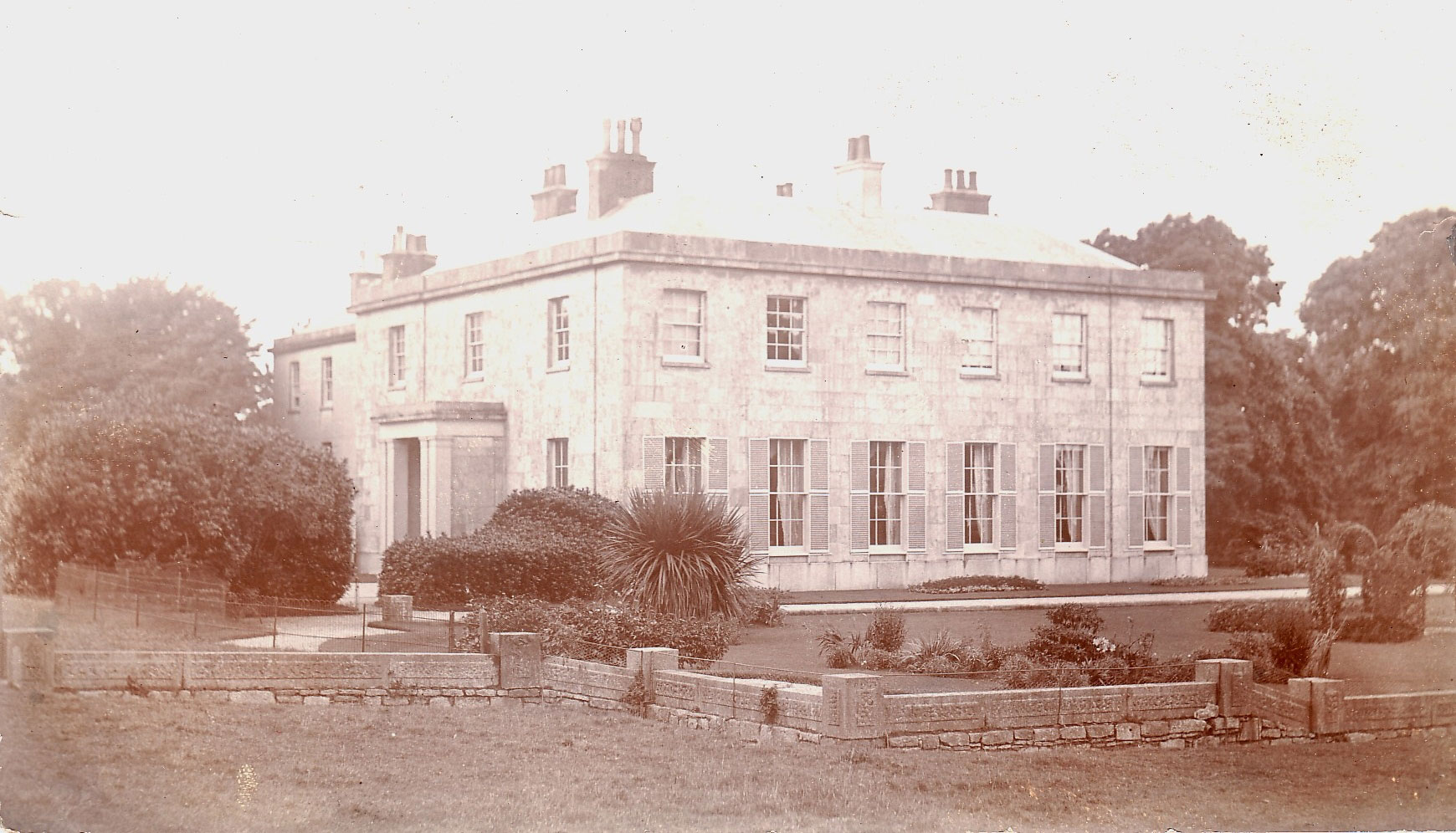
Present Day
Since the war, Mylor’s peaceful and yet well-connected location has meant that it has grown in popularity as a residential area. Many people call this village their home, and of course we have a number of regularly returning visitors who come back to this special spot year upon year.
To find out more about coming to stay in Mylor, browse our collection of cottages or get in touch and we’ll be able to help you plan the best holiday for you!

Special thank you to Mylor History Group for all they do in tracing back the history of our area, further credit to them for the images. To learn even further, do visit their website, so many of our properties and the areas they are in have some wonderful history attached to them.
We’re here to help
If you have any questions or wish to discuss your holiday requirements
Call us on 01326 375972
or
Complete a Booking Enquiry Form